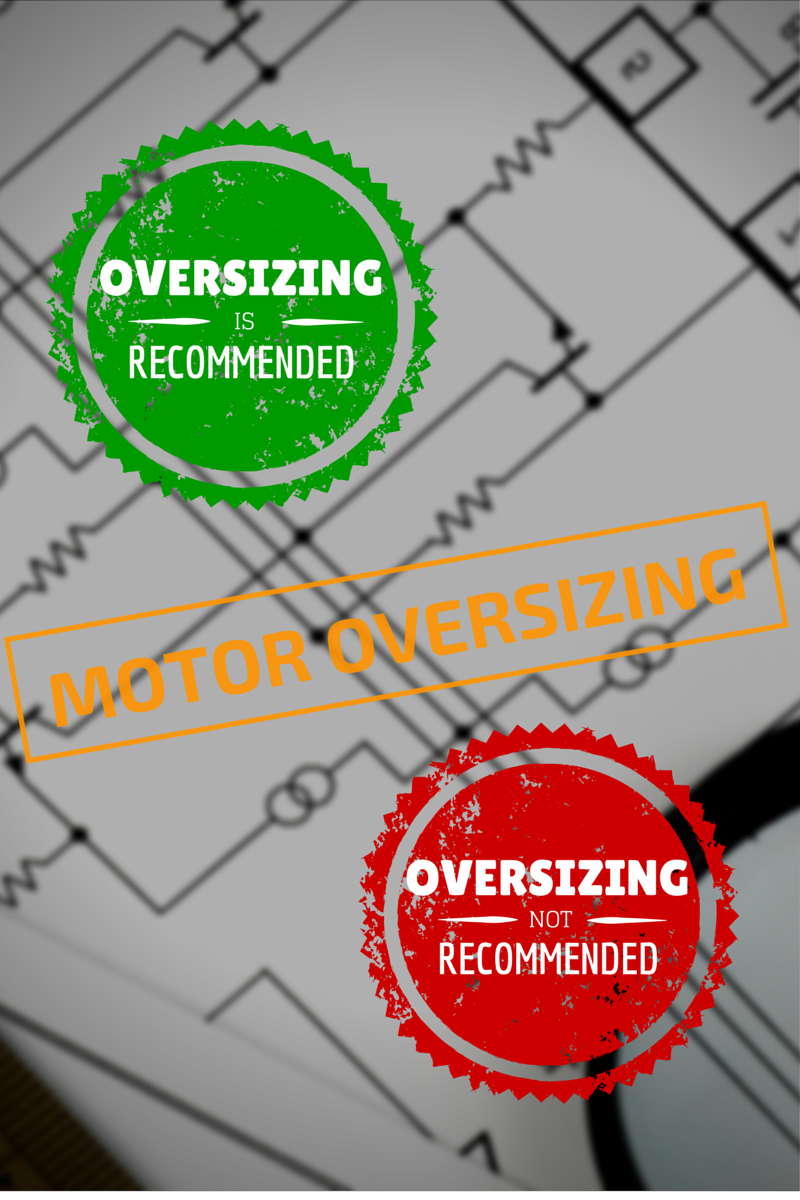
When it comes to electrical safety, circuit breakers are one of the first things to come to mind. It’s essentially a fail-safe that protects a system from overloading hazards and other electrical faults. However, the cost to design and build one can get quite high, especially as a circuit breaker’s current capacity increases. So how do owners, contractors, and others save money when purchasing circuit breakers?
When it comes to electrical panels, there are two terms to be familiar with: fully rated and series rated. Fully rated panels are breakers rated for the available fault current that is at the terminal of the breaker. These are the more expensive to make, especially as you get higher and higher in fault current.
Series rated panels, however, rely on the main breaker to handle most of the fault current. Thus, they are rated for lower than a fully rated breaker’s fault current. This allows them to be less expensive to design and build.
Series rated panels also prevent incorrect fault current ratings from doing too much damage. The last thing an operator wants is for the fault current rating to be too low or too high, as the former can damage the equipment being powered and the latter can increase equipment costs drastically.
The Perfect Solution?
While series rated panels seem like the perfect solution to expensive fully rated panels, they come with some considerable drawbacks and cautions. The most important is that not all setups are allowed to use them. A facility must prove their setup can use series rated systems, including panels, with documentation and equipment labeling that reference the series rated circuit tests. If the circuits fail the test or something else is shown to be wrong, then the facility must use fully rated panels instead.
And even once a facility has been given approval to use the series rated version, there are more hurdles to get through. Because of the nature of circuit breakers, the NEC, National Electrical Code, Section 240.86 requires that series rated systems must be tested by a “licensed professional engineer” before use in case the fault current is incorrect. Most manufacturers do offer this, but it’s important to be aware of regardless. The NEC also requires series rated systems not exceed 1% of the interrupting rate of the lower rated circuit breaker. This can be easily overlooked, and needs to be checked to ensure the panel follows this requirement.
Series rated panels can also be difficult to replace or modify because of how they’re designed. Since they’re specifically designed for one purpose and have to be carefully tested, the manufacturer who made the panel also needs to be the one who replaces or modifies it. This can cause problems if that manufacturer stops producing replacements for their circuit breakers or goes out of business altogether. Keeping a stockpile of replacement panels can help with this, but it’s not an optimal solution.
Conclusion: Is It for You?
Series rated panels provide a cost effective solution to the initial issues of fully rated panels. However, this doesn’t mean they’re for every facility. From the regulations in the NEC code to the risk of needing to completely replace the panel and other panels if the original manufacturer stops making them, all areas of concern should be considered.
The facility must have the proper allowances for series rated systems, and this must be confirmed by a licensed engineer. The facility should also be prepared in case their manufacturer stops making replacements or even goes out of business. Whether that’s ordering numerous replacements or keeping the specs on hand in case and being prepared to completely redo the panels.
At the end of the day, series rating panels provide a smart way to cut initial costs. However, in order to maintain that momentum in the long-run, designers have to ensure compliance with the associated NEC regulations, and be aware of discontinuations of technical support from the manufacturer.
PanelShop.com designs and builds customer electrical control panels for OEM's and industrial users. Contact us for a quote today.

.jpg?width=467&height=57&name=solutions%20(1).jpg)


.png)

